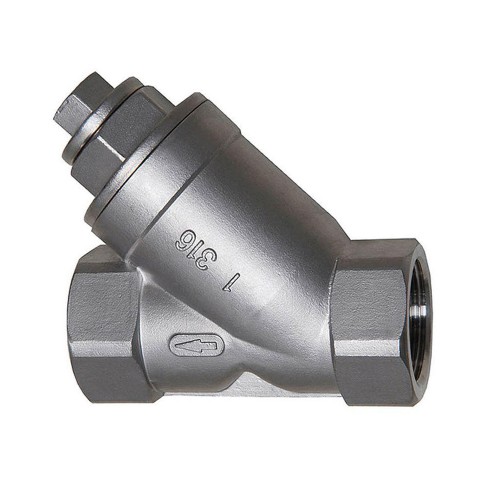3 Inch Blind Flange Specifications and Applications in Pipe Systems
Understanding 3-Inch Blind Flanges A Comprehensive Overview
In the realm of piping and plumbing, flanges are integral components that facilitate the connection of pipes, valves, and other equipment. Among the various types of flanges, the blind flange stands out for its unique function. This article delves into the details of a 3-inch blind flange, exploring its purpose, applications, specifications, and benefits.
What is a Blind Flange?
A blind flange is a type of flange that is used to seal the end of a piping system. Unlike other flanges that are designed for connecting two pieces of equipment, a blind flange effectively inhibits flow by closing off a piping system. This feature is especially useful during maintenance and inspection, as it allows for safe and effective isolation of certain sections of the pipeline.
Specifications of a 3-Inch Blind Flange
The designation of a 3-inch blind flange indicates its nominal diameter, specifically that the flange has an internal diameter of approximately three inches. However, the exact diameter may vary slightly depending on the specific standards used. Blind flanges come in various materials and pressure ratings, commonly including stainless steel, carbon steel, and ductile iron. They are often classified under different standards, such as ANSI (American National Standards Institute), ASME (American Society of Mechanical Engineers), and ASTM (American Society for Testing and Materials).
Key specifications to consider when selecting a 3-inch blind flange include
- Material The choice of material impacts the flange’s resistance to corrosion and temperature, affecting its suitability for various applications. - Pressure Rating Blind flanges are available in different pressure ratings, which determine the maximum pressure the flange can withstand. Common ratings include Class 150, Class 300, and Class 600. - Bolt Pattern The bolt hole configuration is significant for proper installation. Standardized bolt patterns (like those from ANSI or ASME) are typically followed for compatibility.
3 inch blind flange

Applications of 3-Inch Blind Flanges
3-inch blind flanges are utilized in a wide array of industries, including but not limited to
- Oil and Gas In these sectors, blind flanges are frequently used to seal pipelines during maintenance or temporary shutdowns, ensuring that the system remains safe and leak-free. - Water Treatment Blind flanges are essential in water treatment facilities where certain pipelines may need to be sealed off without disrupting the entire system. - Chemical Processing For chemical plants, blind flanges create safe operational environments by allowing safe isolation of reagents during maintenance or emergencies. - HVAC Systems In heating, ventilation, and air conditioning (HVAC) systems, blind flanges help in maintaining pressure and controlling flow.
Benefits of Using 3-Inch Blind Flanges
The use of a 3-inch blind flange offers several advantages
1. Safety By effectively sealing portions of a pipeline, blind flanges enhance operational safety during maintenance and inspections. 2. Cost-Effectiveness Blind flanges can reduce costs associated with purchasing additional equipment. They can be reused multiple times, making them an economical choice. 3. Versatility With various materials and specifications available, blind flanges can be adapted for use in diverse environments, from high-pressure systems to corrosive settings. 4. Ease of Use Installation and removal of blind flanges are generally straightforward, allowing for quick modifications to the piping system.
Conclusion
In conclusion, a 3-inch blind flange is a crucial component in various industries, providing safety and reliability in piping systems. Its ability to effectively seal off sections of a pipeline makes it an invaluable asset for maintenance and operational efficiency. When considering the installation of blind flanges, it is essential to pay attention to material selection, pressure ratings, and compatibility with existing piping standards. By understanding their specifications and applications, professionals can ensure the longevity and integrity of their piping systems.
-
The Key to Fluid Control: Exploring the Advantages of Ball Valves in Industrial SystemsNewsJul.09,2025
-
The Versatile World of 1, 2, and 3 Piece Ball ValvesNewsJul.09,2025
-
Stainless Steel Ball Valves: The Ideal Choice for Efficient Flow ControlNewsJul.09,2025
-
Optimizing Fluid Control with Ball Float ValvesNewsJul.09,2025
-
Manual Gate Valves: Essential for Control and EfficiencyNewsJul.09,2025
-
Everything You Need to Know About Butterfly ValvesNewsJul.09,2025
-
The Versatility of Wafer Type Butterfly ValvesNewsJul.08,2025




